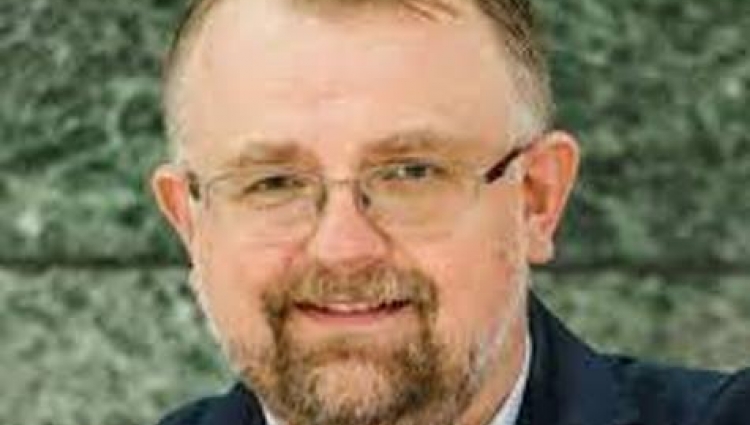Anisotropic vortex squeezing and supercurrent diode effect in non-centrosymmetric Rashba superconductors
Publicado: 18/06/2023 - 09:44
Última modificação: 18/06/2023 - 09:44

Most of 2D superconductors are of type II, i.e., they are penetrated by quantized vortices when exposed to out-of-plane magnetic fields. In a presence of a supercurrent, a Lorentz-like force acts on the vortices, leading to drift and dissipation. The current-induced vortex motion is impeded by pinning at defects. Usually, the pinning strength decreases upon any type of pair-breaking interaction perturbs a system.
In the talk I will discuss surprising experimental evidences showing an unexpected enhancement of pinning in synthetic Rashba 2D superconductors when applying an in-plane magnetic field. When rotating the in-plane component of the field with respect to the driving current, the vortex inductance turns out to be highly anisotropic. We explain this phenomenon as a direct manifestation of Lifshitz invariant that is allowed in the Ginzburg-Landau free energy when space-inversion and time-reversal symmetries are broken. As demonstrated in our experiment [1], elliptic squeezing of vortices---an inherent property of the non-centrosymmetric superconducting condensate---provides an access to fundamentally new property of Rashba superconductors, and offers an entirely novel approach to vortex manipulation.
Another interesting feature of the non-centrosymmetric superconductors in the applied magnetic field is the supercurrent diode effect---the critical current in one direction exceeds its counterpart in the opposite one---what stems from the Cooper pairs with finite centre of mass momentum. In the pioneering experiment [2] we demonstrated the emergence of the supercurrent diode effect in the Josephson junctions based on synthetic Rashba superconductors made of Al-InAs quantum wells. In the talk, I will discuss novel experimental method---measurements of the Josephson inductance---and the semiquantitative microscopic model capturing all the essential features as observed in experiment.
[1] L. Fuchs, D. Kochan, C. Baumgartner, S. Reinhardt, S. Gronin, G. Gardner, T. Lindemann,
M. Manfra, C. Strunk, N. Paradiso; Physical Review X 12 (4), 041020 (2022).
[2] C. Baumgartner, L. Fuchs, A. Costa, S. Reinhardt, S. Gronin, G. Gardner, T. Lindemann,
M. Manfra, P. Faria Junior, D. Kochan, J. Fabian, N. Paradiso, C. Strunk; Nature Nanotechnology 17 (1), 39 (2022).